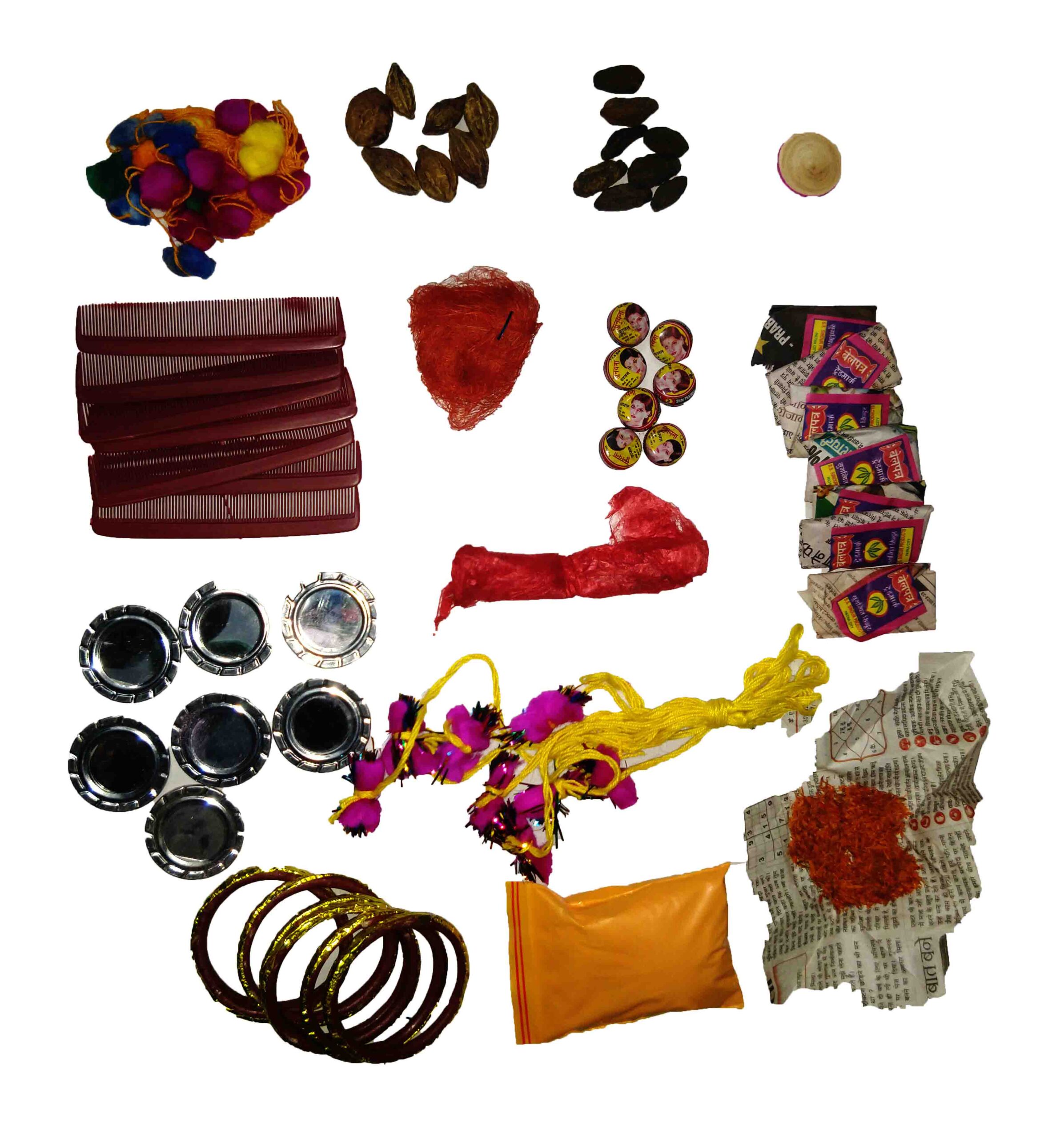Share this Article
In Tibetan Buddhism, the creation of sand mandalas is a deeply symbolic and sacred ritual that represents the impermanence of life, the cycles of birth and death, and the path to enlightenment. This intricate art form is not just a visual experience but a profound spiritual practice that embodies the teachings of Tibetan Buddhism. The ritual involves the meticulous design and construction of a mandala using colored sand, which is then ceremoniously destroyed in a symbolic act to demonstrate the transient nature of existence.
1. Origins and Significance of Sand Mandalas
Mandalas have a long-standing tradition in both Hinduism and Buddhism, but in Tibetan Buddhism, the sand mandala holds a unique and powerful significance. The word "mandala" means "circle" in Sanskrit and symbolizes wholeness, unity, and the universe. In Tibetan Buddhism, mandalas represent the cosmos, the Buddha, and the path to enlightenment.
The ritual of creating a sand mandala is believed to have originated from Vajrayana Buddhism, which is practiced in Tibet. The sand mandala is seen as a sacred object that embodies the cosmic forces and can act as a tool for meditation, spiritual transformation, and healing.
2. The Process of Creating a Sand Mandala
Creating a sand mandala is a highly detailed and disciplined practice that requires deep concentration, devotion, and a clear understanding of its spiritual purpose. The process is typically carried out by a group of monks or lama (spiritual teachers) who are trained in the ritual and symbolic aspects of mandala construction.
2.1 Preparation of the Space
Before the creation of the mandala begins, the space is purified through the chanting of mantras, prayers, and the use of incense. This is done to create a sacred and energetically clear environment that is conducive to the creation of the mandala. A ritual offering is also made to invite the presence of deities and protective spirits.
2.2 Drawing the Mandala’s Outline
The process starts with the drawing of the mandala's basic outline, which is typically done using a chalk or a fine line, ensuring the proportions and symmetry are perfect. This outline represents the sacred structure of the universe and serves as a guide for the monks as they proceed with their work.
The sand mandala is divided into specific sections, often with a central deity (such as Avalokiteshvara or Vajrapani) represented at the center. Surrounding this figure are geometric patterns that symbolize aspects of Tibetan Buddhist teachings, such as the four realms or Buddhist cosmology. The mandala design can vary based on the specific deity or teaching being represented, but it is always meticulously planned according to sacred geometry.
2.3 Filling in the Sand
Once the outline is in place, the monks begin to fill in the design with colored sand. This is where the true artistry and skill come into play. The sand is often finely ground and dyed using natural pigments, creating a palette of vibrant colors that correspond to various spiritual and symbolic meanings.
Monks use specialized tools, such as small metal funnels called chak-pur, to pour the sand onto the mandala, creating intricate and precise patterns. The monks must be patient, focused, and in a state of deep meditation as they place each grain of sand, as this process is as much about the mental and spiritual state as it is about the physical act of creation.
2.4 Completion and Blessing
The completion of the mandala signifies a spiritual achievement. Once the mandala is fully constructed, it is blessed through a special ceremony. During this time, prayers and mantras are recited to invoke the blessings of the deities associated with the mandala. The mandala is also seen as a vessel for the accumulation of positive spiritual energy, which is believed to benefit not only those who have created it but also those who come into contact with it.
3. Symbolism in the Sand Mandala
The design and structure of a sand mandala are deeply symbolic in Tibetan Buddhism, with each element carrying spiritual and cosmological significance. The symbolism of the sand mandala reflects Tibetan Buddhist beliefs about the nature of existence, impermanence, and the path to enlightenment.
3.1 Center of the Mandala
The center of the mandala often contains an image of a deity or the Buddha. It represents the spiritual heart or the source of wisdom, symbolizing the highest aspect of reality, the ultimate goal of enlightenment, and the unity of all things. The center is seen as the point of convergence for the individual’s spiritual journey and the universe.
3.2 Geometric Patterns
The geometric patterns within the mandala are not arbitrary but follow specific sacred principles. These patterns are designed to mirror the structure of the cosmos, with each layer or ring symbolizing different aspects of spiritual life. The mandala typically represents the cosmic palace of the deity, with the four gates representing the four cardinal directions (north, south, east, west).
3.3 Color Symbolism
The colors used in a sand mandala are also significant, each having its own meaning:
- Red symbolizes the element of fire, passion, and strength.
- Blue represents wisdom, peace, and spiritual clarity.
- Yellow is associated with the earth, groundedness, and nurturing.
- White signifies purity, clarity, and the infinite.
- Green stands for balance, health, and harmony.
These colors, along with the intricate patterns, create a visual representation of the interconnectedness of all elements in the universe, showing how every part of creation plays a role in the cosmic balance.
4. The Ritual Destruction of the Sand Mandala
Once the sand mandala has been completed and blessed, it is ceremoniously destroyed in an act that symbolizes the impermanence of life and the transient nature of all things. The ritual destruction is an essential part of the practice, reminding participants and viewers alike that nothing in the material world is permanent.
4.1 The Process of Destruction
The monks, after completing the mandala, will begin to sweep the sand into a single container or vase. This process is performed with careful attention and respect, and it is often accompanied by the recitation of mantras and prayers.
The sand is then typically taken to a river or a body of water, where it is released, symbolizing the return of the mandala’s energy back to the universe. By releasing the sand, the monks are not only showing the impermanence of the mandala but also the impermanence of life itself, reinforcing the Buddhist teachings of anatman (the doctrine of no-self) and anicca (impermanence).
4.2 Spiritual Significance
The destruction of the sand mandala is a meditative practice that helps individuals cultivate detachment and acceptance of the impermanent nature of life. It is a reminder that clinging to material things or even spiritual achievements is ultimately futile, and that true peace comes from recognizing the ever-changing nature of existence.
In Tibetan Buddhist philosophy, the sand mandala is also seen as a dedication of merit. The destruction and subsequent release of the mandala’s energy are believed to contribute to the purification of the world and the well-being of all sentient beings.
5. Conclusion
The creation and destruction of a sand mandala in Tibetan Buddhism is a profound and sacred ritual that highlights the core teachings of impermanence, interconnectedness, and the path to enlightenment. Through the intricate and delicate process of making the mandala, monks engage in a meditative practice that aligns their minds with the divine and the universe. The eventual destruction of the mandala serves as a poignant reminder that all things in the material world are transient, encouraging practitioners to focus on the imperishable and eternal nature of the mind and spirit.
By participating in or observing this ritual, one is invited to reflect on the deeper truths of life and the Buddhist path, ultimately striving toward wisdom, compassion, and liberation from the cycles of suffering.
Categories:
Culture & Traditions
,
History & Heritage
,
Lifestyle & Local Life
Tags:
tradition







